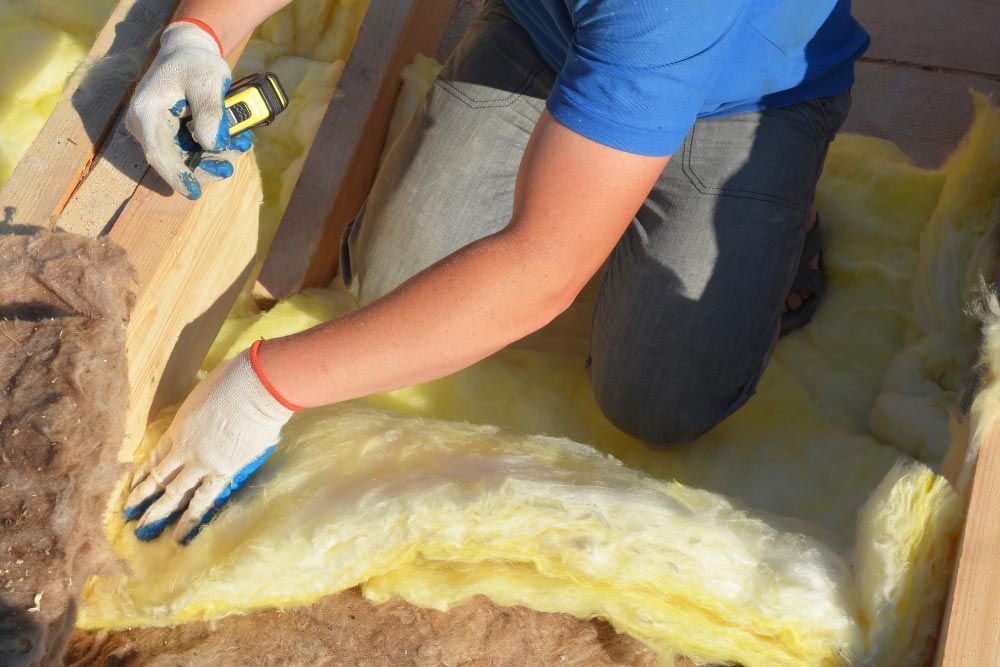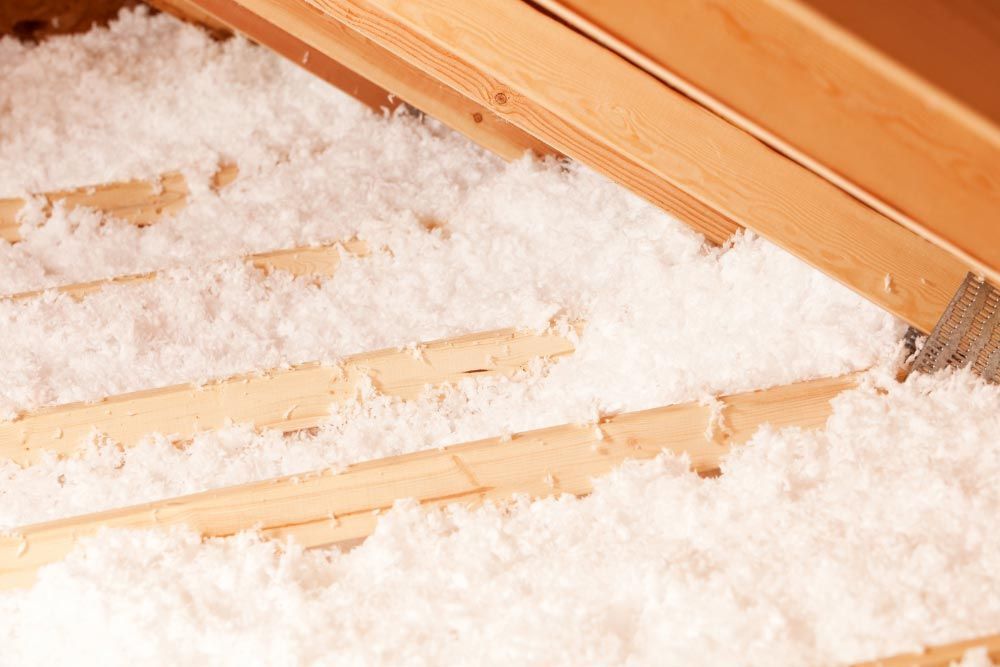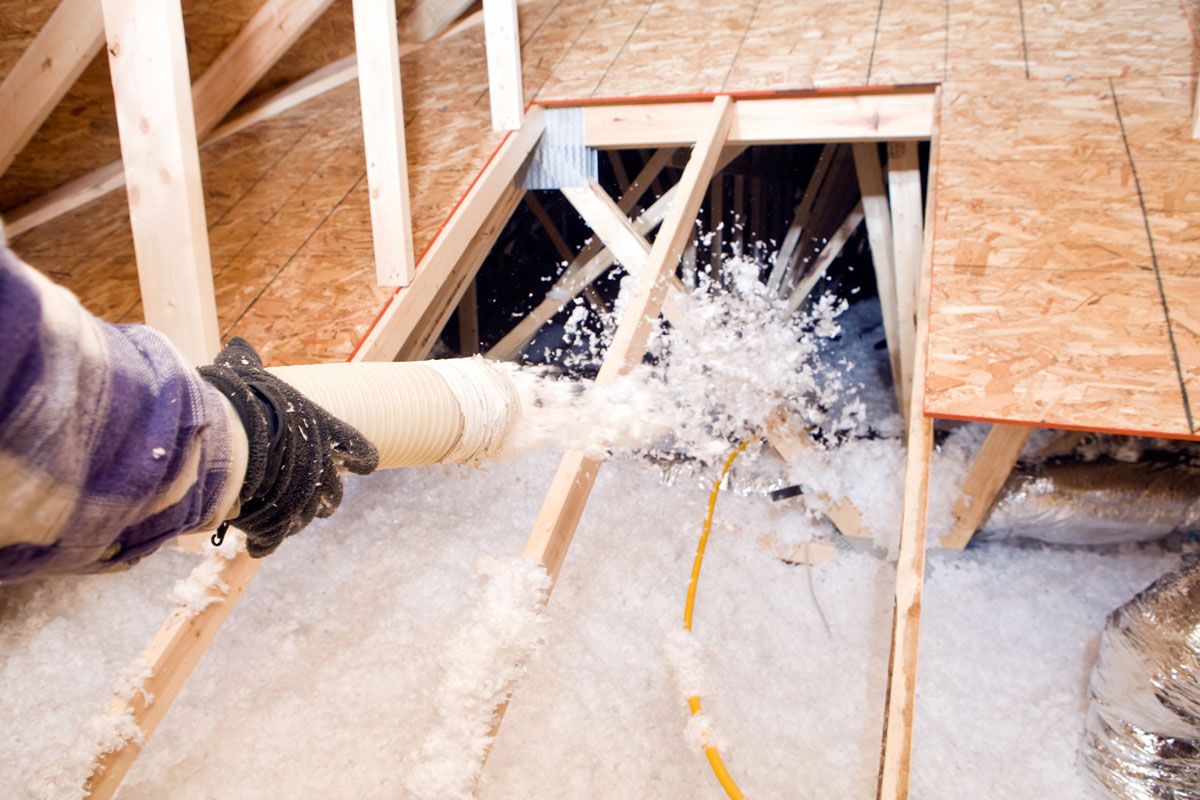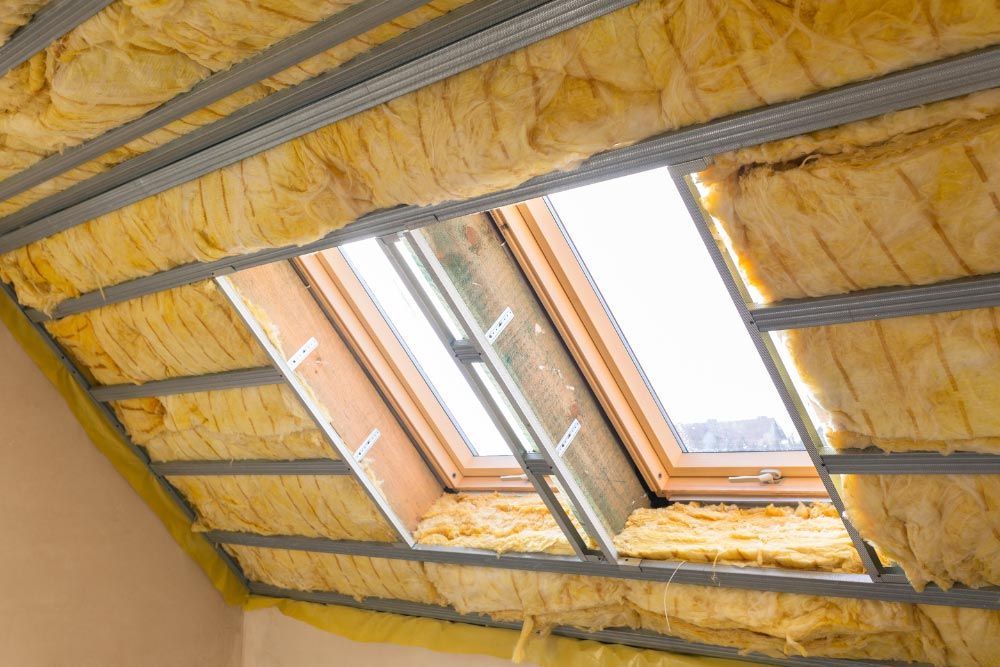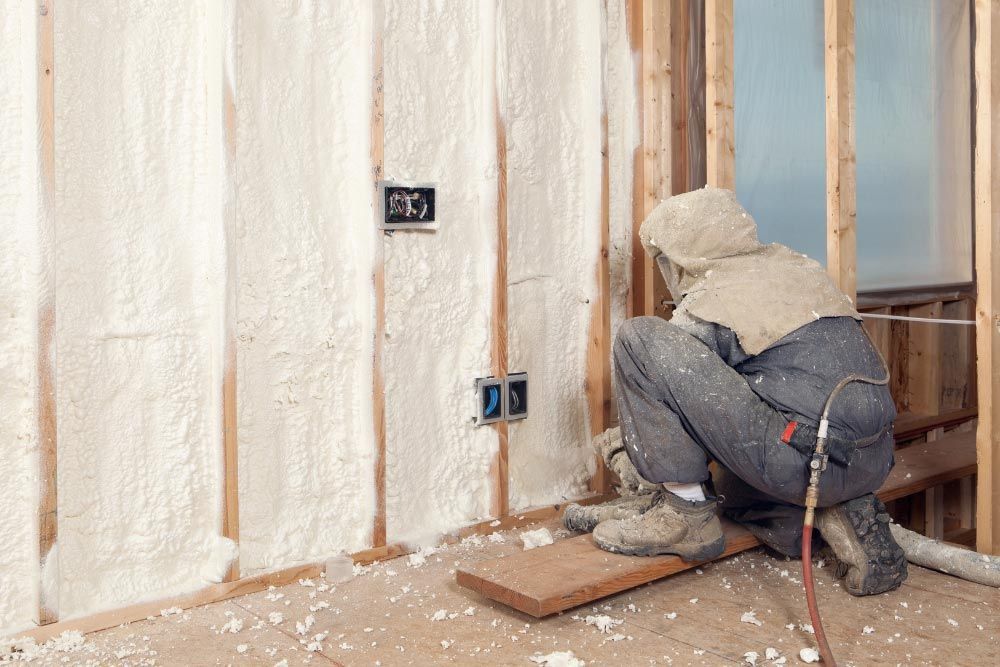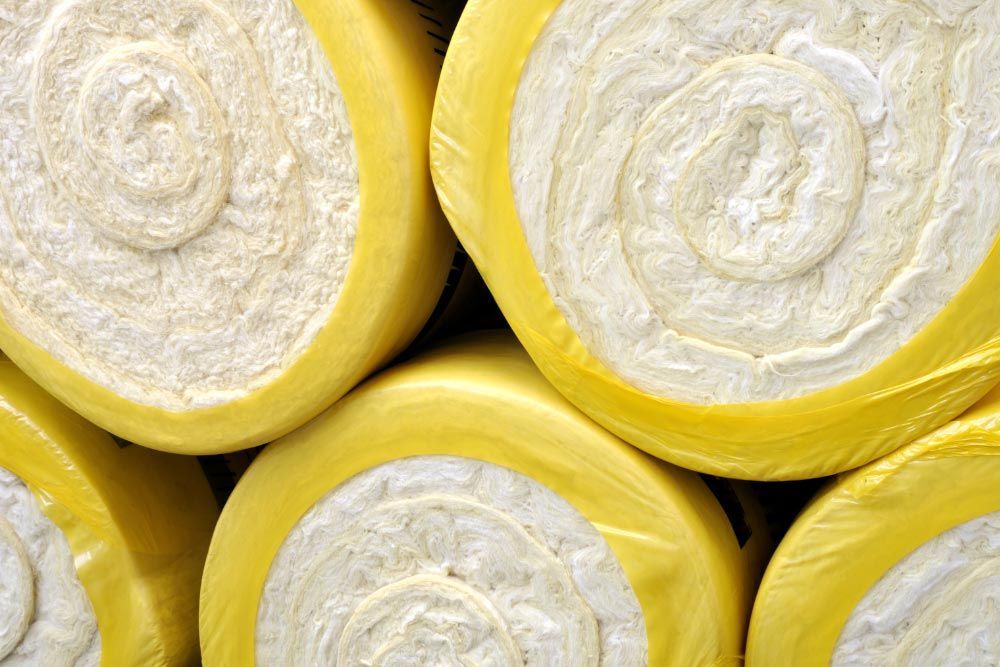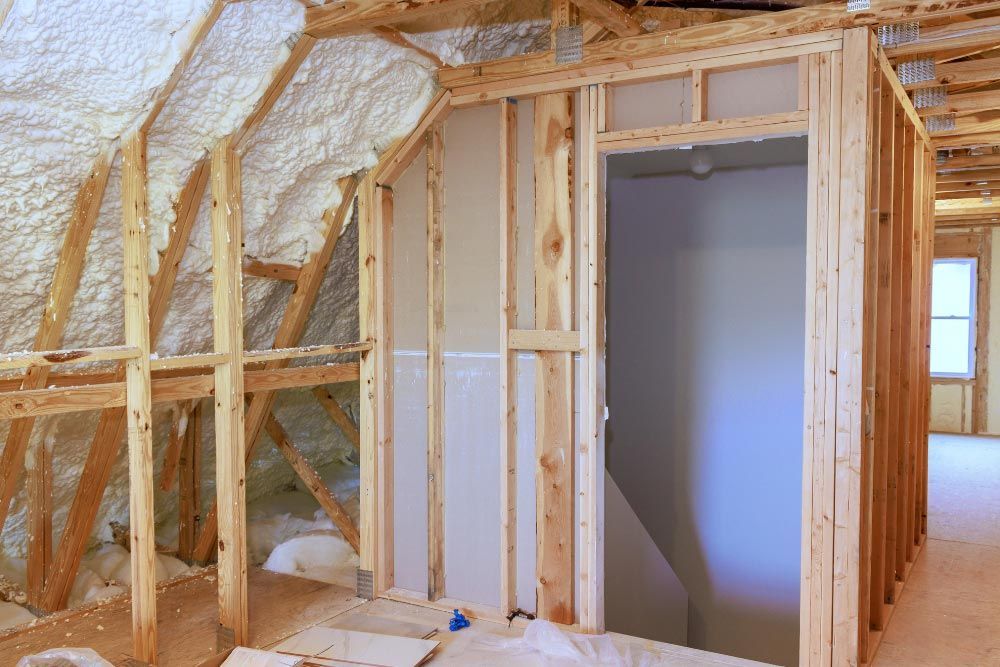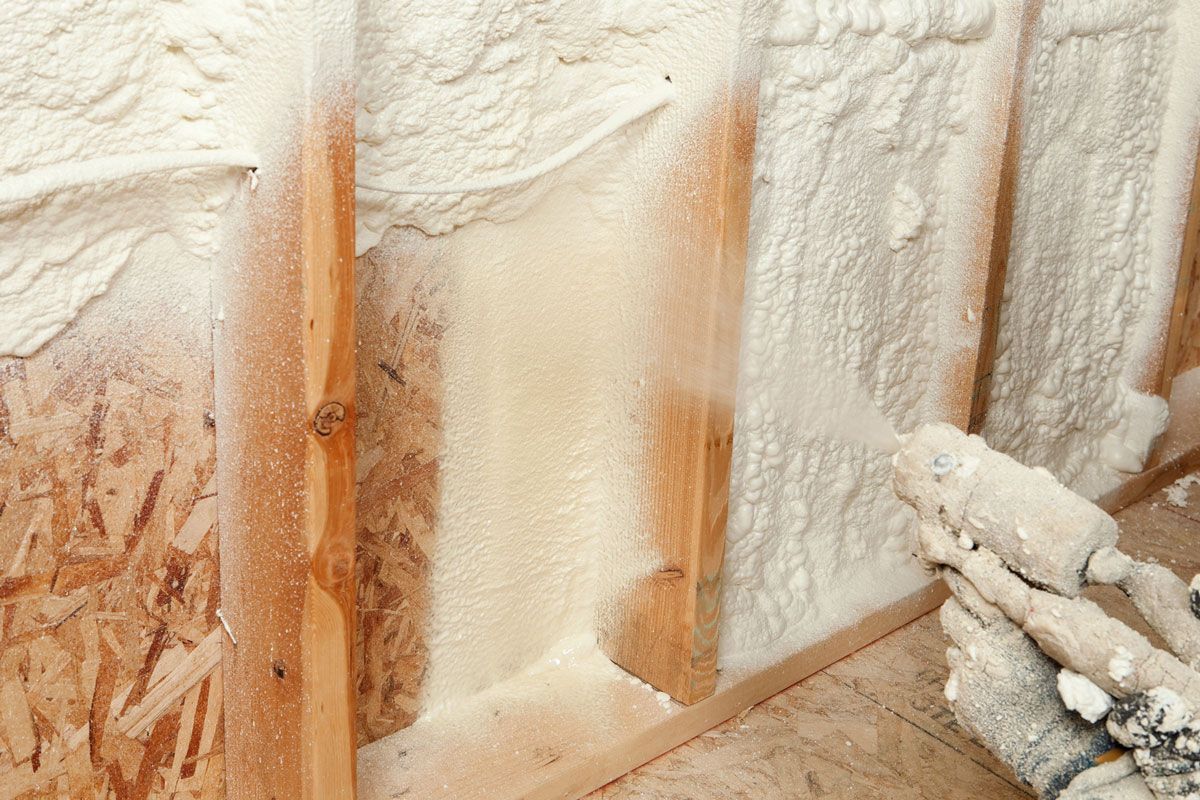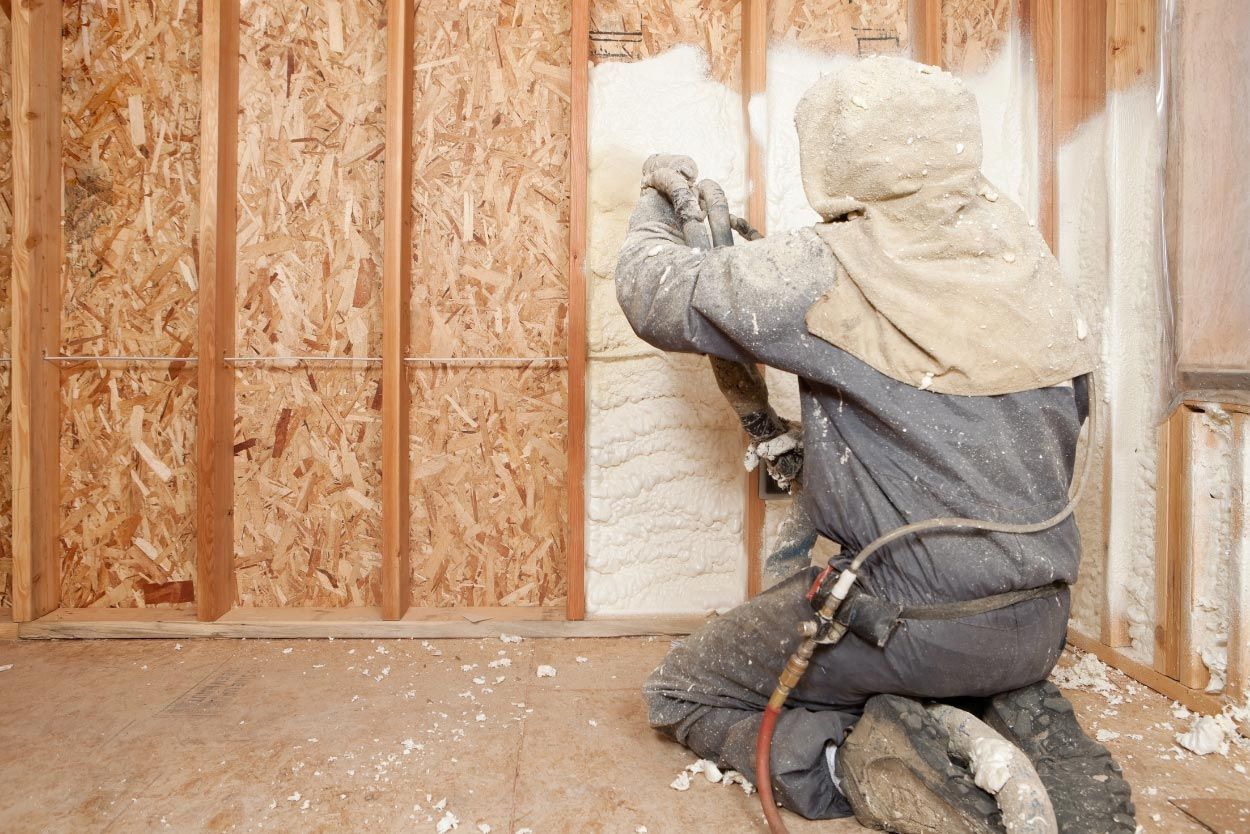How Much Does It Cost to Insulate a House in 2025?
Proper home insulation is one of the most effective ways to improve comfort, reduce energy bills, and increase property value. In 2025, insulation costs vary widely based on the type of material, size of the home, installation method, and whether you hire a professional or do it yourself.
This guide breaks down average costs, factors affecting pricing, installation tips, and potential savings to help homeowners make informed decisions.
Why Insulating Your Home Matters
Home insulation plays a critical role in maintaining temperature, reducing noise, and lowering energy bills. According to the U.S. Department of Energy, properly insulated homes can reduce heating and cooling costs by up to 20%. Benefits include:
- Energy efficiency: Keeps warm air inside during winter and cool air during summer.
- Comfort: Maintains consistent indoor temperature throughout the home.
- Noise reduction: Dampens outside noise and improves privacy.
- Environmental impact: Lower energy consumption reduces carbon footprint.
- Increased home value: Homes with good insulation are more attractive to buyers.
Average Cost to Insulate a House in 2025
The cost of insulating a home depends on factors such as square footage, insulation type, and installation method. Here’s a breakdown of average costs:
| Insulation Type | Cost per Square Foot | Notes |
|---|---|---|
| Fiberglass Batts | $0.50–$2 | Common for walls and attics, easy to install |
| Blown-in Cellulose | $1–$3 | Good for retrofits, excellent coverage |
| Spray Foam (Closed-Cell) | $2–$5 | High R-value, acts as air barrier, more expensive |
| Spray Foam (Open-Cell) | $1.50–$3 | Cheaper than closed-cell, better for soundproofing |
| Rigid Foam Boards | $1.50–$4 | Durable, ideal for basements and crawl spaces |
Average total cost: For a 2,000 sq. ft. house, expect $2,000–$6,000 for professional installation, depending on the type of insulation and complexity. DIY installation can reduce costs by 30–50%, but may require specialized tools.
Factors That Affect Home Insulation Costs
1. Size of the Home
Larger homes require more material and labor, increasing total costs. A small 1,000 sq. ft. home may cost $1,000–$3,000, while a 3,000 sq. ft. home could cost $4,000–$10,000.
2. Type of Insulation
Different materials vary in price and effectiveness:
- Fiberglass: Affordable, DIY-friendly.
- Cellulose: Higher coverage, eco-friendly.
- Spray foam: Expensive but highly effective, spray foam provides superior insulation and acts as an air seal, reducing drafts and improving energy efficiency.
- Rigid foam boards: Long-lasting, ideal for exterior walls or basements.
3. Installation Method
- DIY Installation: Cheaper, but requires tools, skill, and safety precautions.
- Professional Installation:
Faster, ensures proper coverage, and often comes with warranty.
4. Home Accessibility
Attics, crawl spaces, or walls that are difficult to reach can significantly increase labor costs. Tight spaces, steep slopes, or complex layouts make insulation removal or installation more labor-intensive, requiring additional time and effort from contractors.
5. Local Labor Rates
Labor costs for insulation work vary depending on your region. Urban areas and cities with higher living costs typically have higher labor rates than rural areas. Understanding local pricing can help you budget more accurately for your project.
Compliance and Building Code Requirements
When insulating a home, it’s important to follow local building codes and energy efficiency standards. In the U.S., most states reference the International Residential Code (IRC) and International Energy Conservation Code (IECC):
- Minimum R-Values: Codes specify minimum insulation levels (R-values) for attics, walls, floors, and crawl spaces based on climate zone. For example, R-49 is typical for attics in colder regions.
- Fire Safety: Some insulation types must meet fire-resistance requirements.
- Ventilation: Proper attic ventilation must be maintained to prevent moisture buildup.
- Permits: Certain insulation projects, especially spray foam or wall retrofits, may require building permits.
Tip: Always check your local building authority for code requirements before starting insulation work.
How to Save Money on Home Insulation
Proper insulation can reduce energy bills and improve comfort, but the upfront cost can be significant. Here are some tips to save money without compromising quality:
- Compare multiple quotes: Get at least three estimates from licensed contractors.
- Combine with renovations: Insulating during remodeling saves labor costs.
- Use rebates and tax credits: Check federal, state, or utility incentives for energy efficiency.
- Prioritize areas with highest heat loss: Start with attic, walls, and basement/crawl space.
- DIY prep: Clear areas and remove obstacles to reduce labor time.
DIY vs. Professional Insulation Installation
Choosing between DIY and professional insulation installation can impact cost, safety, and long-term energy efficiency.
| Factor | DIY Installation | Professional Installation |
|---|---|---|
| Upfront Cost | Lower – cost of materials and tools only | Higher – includes labor ($50–$100/hr) and disposal fees |
| Skill Level Needed | Moderate to high – requires knowledge of insulation types, R-values, and safety procedures | None – handled by trained, licensed installers |
| Time Required | 1–3 days depending on area and experience | Few hours to 1 day depending on home size and type of insulation |
| Safety Risks | Higher – exposure to fiberglass, dust, or chemicals; risk of falls or electrical hazards | Low – professionals use protective gear and follow safety regulations |
| Tools & Equipment | Protective gear, utility knife, staple gun, vacuum or blower (for blown-in) | Included by contractor |
| Effectiveness | Can be inconsistent if not done properly; gaps or compressed insulation reduce efficiency | High – even coverage, proper sealing, and correct R-value installation |
| Warranty / Liability | None | Some contractors offer guarantees or warranties for material and workmanship |
| Long-Term Performance | May degrade faster if improperly installed | Maximum energy efficiency and lifespan due to professional expertise |
Energy Savings From Proper Insulation
Proper insulation reduces energy costs by:
- Attic insulation: Can save 10–20% on heating and cooling bills.
- Wall insulation: Reduces drafts and maintains consistent temperatures.
- Basement/crawl space insulation: Minimizes moisture and prevents heat loss.
For a 2,000 sq. ft. home, this could translate to $200–$500 annual savings on energy bills, meaning the insulation may pay for itself within 5–10 years.
Signs You Need Better Insulation
Upgrading your home’s insulation can improve comfort and reduce energy bills. Here are common signs that your home may need better insulation:
- Uneven temperature in different rooms
- High energy bills despite normal usage
- Drafts near walls, windows, or doors
- Cold floors in winter or hot floors in summer
- Ice dams forming on roof edges in winter
Final Thoughts
The cost of insulating a house in 2025 depends on size, material, labor, and accessibility. While DIY installation can save money, hiring professionals ensures proper coverage and long-term efficiency. Investing in quality insulation not only reduces energy bills but also improves comfort, protects your home, and increases resale value.
By comparing costs, exploring rebates, and prioritizing high-loss areas, homeowners can achieve maximum energy savings and long-term benefits.
Frequently Asked Questions
How much does it cost to insulate a 2,000 sq. ft. house?
Insulating a 2,000 sq. ft. home typically costs $2,000–$6,000 for professional installation, depending on the type of insulation, labor rates, and attic or wall accessibility. DIY projects may reduce costs by 30–50%, but homeowners must consider time, tools, and safety precautions. Costs may also vary based on climate zone requirements and R-value standards.
Is spray foam insulation worth the cost?
Yes. Spray foam insulation, especially closed-cell, offers superior energy efficiency, excellent air sealing, and long-term durability. Although it has a higher upfront cost ($2–$5 per sq. ft.), it can significantly reduce heating and cooling bills and may even qualify for energy efficiency rebates. Spray foam is particularly beneficial for areas with high air leakage or complex cavities.
Can I install insulation myself?
Homeowners can install fiberglass batts or loose-fill cellulose themselves, provided they follow safety guidelines. DIY installation can save money but requires protective gear, careful measuring, and proper sealing to avoid gaps. Spray foam and rigid board insulation are typically best left to professionals due to specialized equipment, chemicals, and building code requirements.
How long does home insulation last?
The lifespan of insulation varies by material:
- Fiberglass and cellulose: 20–30 years if kept dry and undisturbed
- Spray foam: 30–50 years, depending on quality and installation
Regular inspections help detect compression, moisture damage, or pest contamination, which can reduce effectiveness and require replacement sooner.
Does insulating my home increase its resale value?
Yes. Energy-efficient homes with proper insulation are more appealing to buyers. Improved energy efficiency can reduce utility costs, enhance comfort, and provide tax or rebate eligibility, making homes easier to sell and potentially increasing resale value. Homes with upgraded insulation are often perceived as modern and well-maintained.

